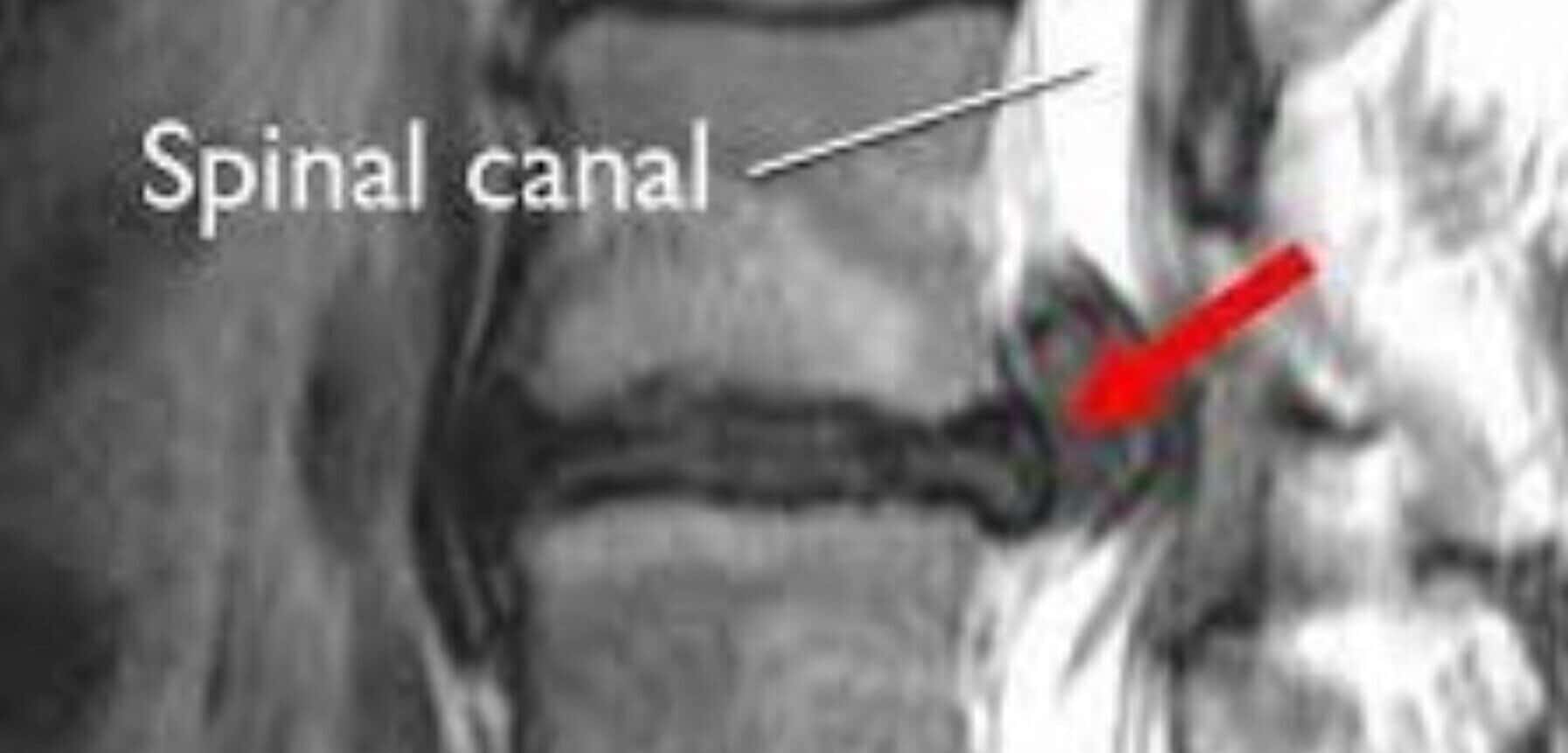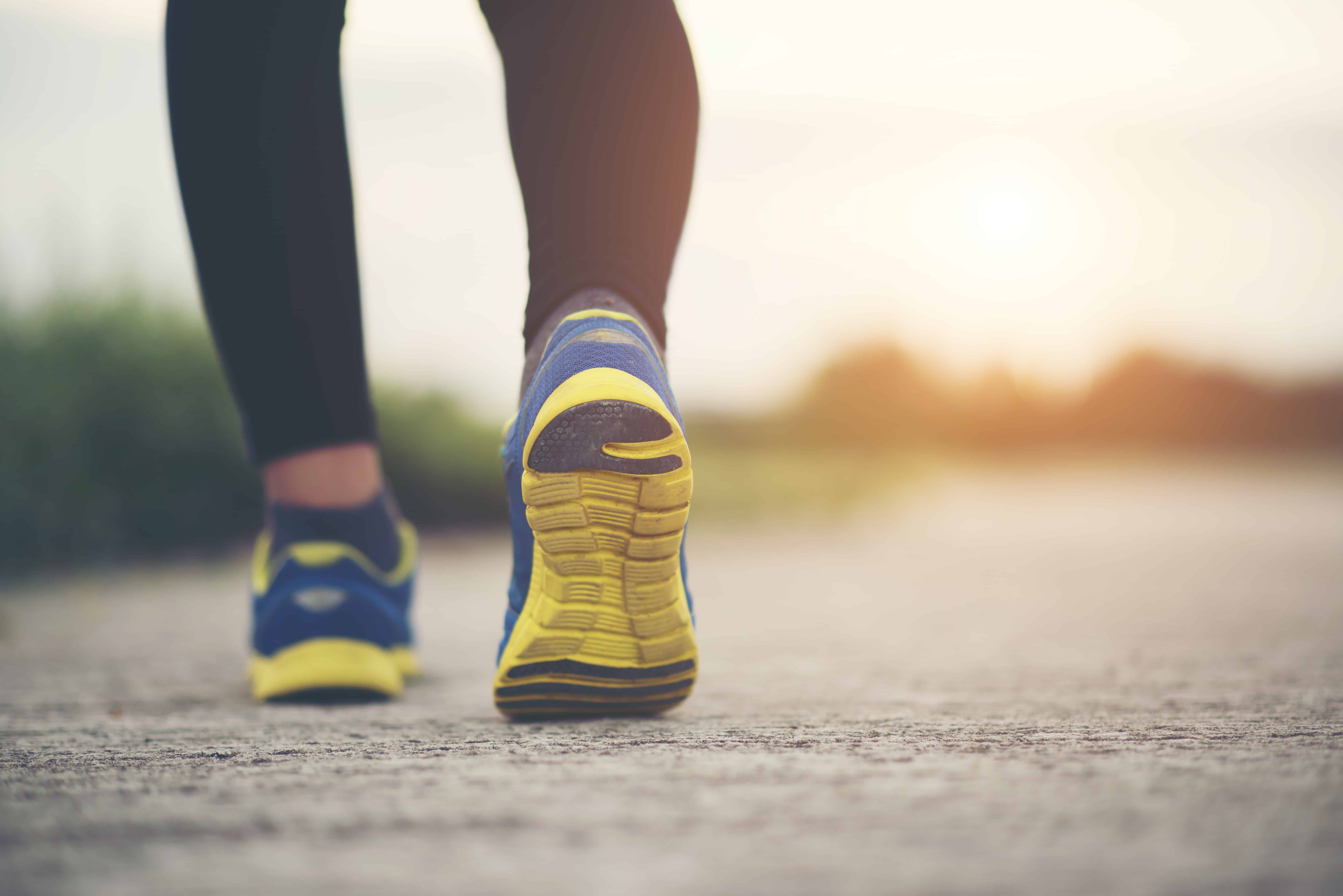Massage Therapy Can Help With Fibromyalgia
Fibromyalgia is a painful rheumatic condition characterized by muscle aches and specific tender points throughout the body. Those with fibromyalgia are also more likely to experience episodes of anxiety and depression as well as difficulty sleeping relative to their levels of pain (Rattray & Ludwig, 2000). The mechanism that causes fibromyalgia is still not clearly understood nor is there a cure for the condition. This can make it difficult for those with fibromyalgia to find proper treatments. Benefits of Massage Massage therapy can benefit those with fibromyalgia by providing a relaxing treatment that not only helps with regional pain but also decreases depressive moods and anxiety. (Field et al., 2002; Leonid 2010). Studies suggest that the increase in muscle flexibility and local blood and lymph circulation caused by massage may cause the inflammatory mediators of pain to be reabsorbed. The increase in serotonin levels experienced during a massage are also likely to contribute to the decrease in pain felt by the patient by the end of a treatment (Li et at., 2014). By controlling the pain, patients will also benefit from better sleep and improved moods. What to Know Before Massage Therapy for Fibromyalgia Registered Massage Therapists (RMTs) are trained...









